Balancing aesthetics and budget: understanding the cost, benefits and design potential of limestone

"We source our limestone from the only limestone quarry in New Zealand where grades of limestone that can be used for building can be sourced from. We have a really good supply of high-quality limestone that's extremely adaptable and can be used for various interior and exterior applications."
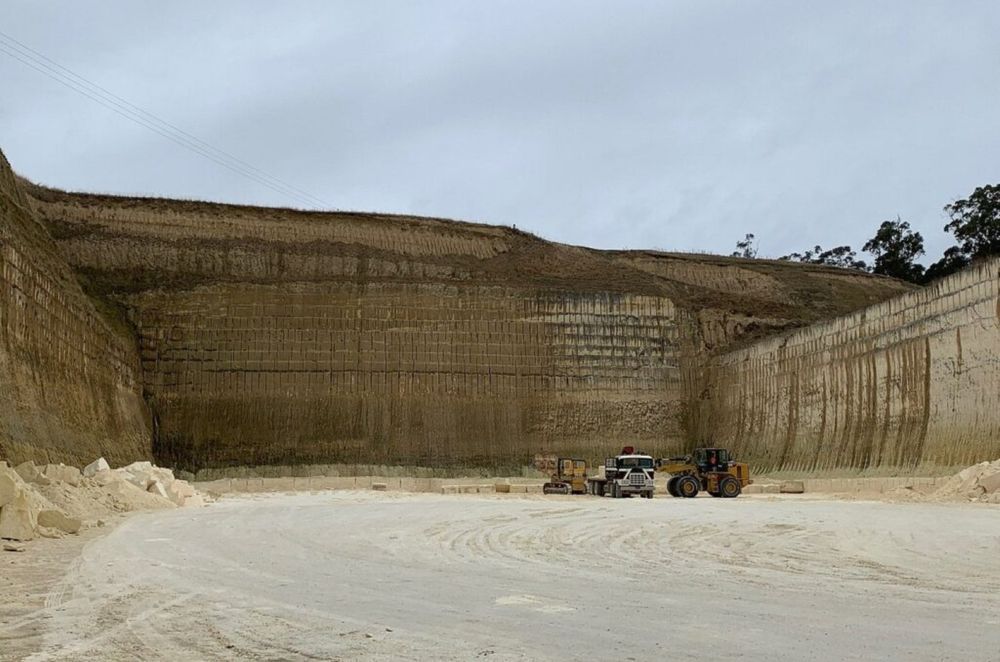
What is the cost of purchasing limestone in New Zealand?
The cost of limestone as a building material often comes down to its application. For example, prices for certain finishes of limestone start at around $50/m² for exterior and interior applications, but the final price will depend on the job size or area to which the material is applied. Whereas if you were looking to purchase, for example, a limestone fireplace, you may be looking at more of a set price.
Limestone tends to be slightly more expensive than materials such as lower-end sheet cladding options and brick but more cost-effective than other types of natural stone cladding.
"In terms of price, at the cheaper end, you have materials such as sheet cladding. The limestone we produce sits at a mid-range price point alongside other materials such as weatherboard cladding," King explains.
For external and internal applications, Ōamaru Stone limestone ranges from $57/m2 to $105/m2, depending on the finish. More custom and decorative applications, such as a retaining wall or a garden sculpture, are priced depending on the job's specific requirements and budget.
The overall cost of purchasing and installing limestone will be more than just the material costs; the final price will involve factoring in expenses such as the transportation and delivery costs of the material, and the hiring of a professional installer.
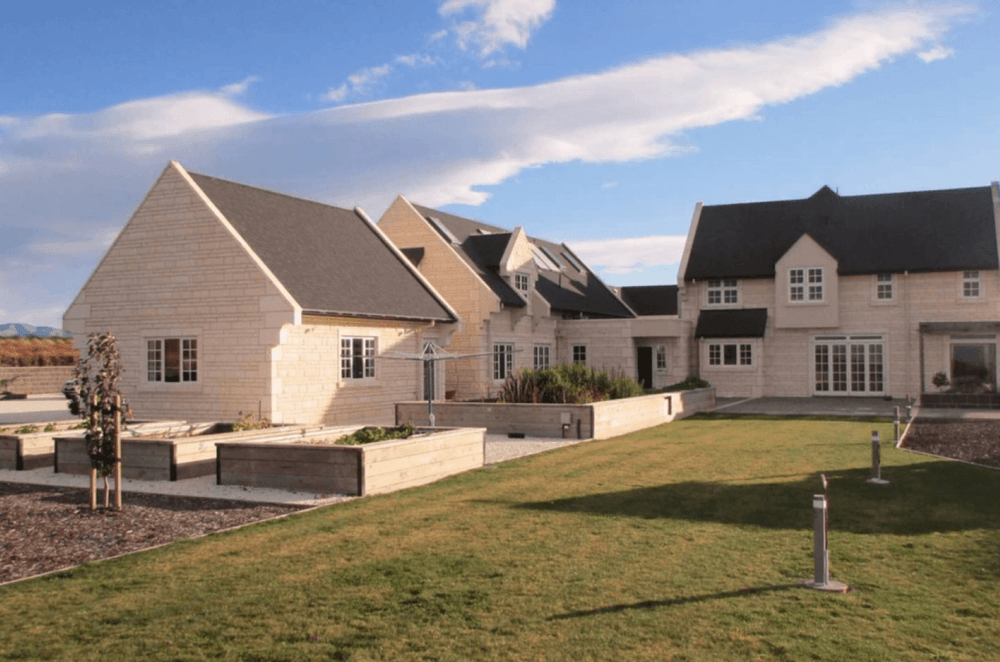
What type of professional do you need to install limestone, and what are the associated costs?
Several factors influence the decision regarding which professional to hire for a specific job, mainly the complexity of the task at hand.
"It really depends on the application. If someone is purchasing limestone as a material for the exterior of their home or for specialist and customised projects, they will likely require the expertise of a stonemason or block layer,” King says. “For simpler applications, a DIY approach can work. The most important thing to remember is that if the job or application relates at all to Building Code compliance, then the job should be carried out by a licensed building practitioner."
If you're looking to hire a stonemason, the rates will vary across the country and will vary depending on the project requirements.

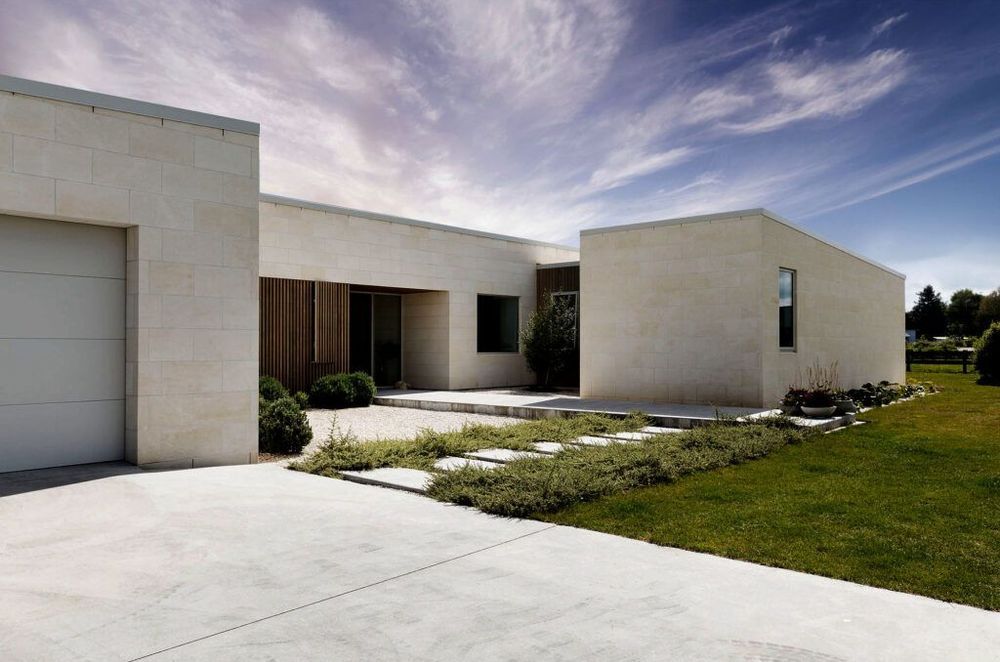
What sets limestone, particularly Ōamaru Stone, apart as a standout material?
As we mentioned earlier, limestone has striking properties that make it a stand-out interior and exterior material.
"What draws people to the material the most is the presence that the stone brings to a building. It really gives that feeling of permanence. It's also a really warm cladding and makes a home feel very inviting."
That sense of 'permanence' is well placed, as a material, limestone, as long as it's preserved and taken care of, can last for hundreds of years, “When we speak to a customer interested in using limestone as the material for their house, we let them know that the material will certainly last for generations. There are buildings around the country that are over 150 years old that are made from limestone. So, as long as it's properly maintained, there's no reason for it to degrade."
What are some essential limestone maintenance tips?
Limestone is an extremely strong and durable building material that's been a trusted choice for centuries. That being said, there are a couple of important maintenance tips that you should keep in mind.
"Perhaps the most important maintenance tip, particularly if you're using limestone on your home's exterior, is to avoid having any bushes or trees resting against the limestone; this will prevent the material from retaining any excess moisture or the vegetation causing any marks or abrasions. Limestone upkeep is pretty straightforward; a gentle wash with a soft brush once a year keeps the material looking its best. You will also need to reseal the limestone every few years; for example, Ōamaru Stone cladding requires resealing every seven to 12 years, depending on the sealer you use."
What are some of the most popular limestone applications in New Zealand at the moment?
King is seeing limestone becoming a universal material choice for applications inside and outside the home.
“The most popular external application would be a whole home application, which involves wrapping the whole building with limestone. External features such as stone entranceways and retaining walls are also extremely popular. Often, when a customer uses the material on their exterior, they’ll also want to keep the materials they use consistent, so they’ll use it for internal applications and decorations such as feature walls and fireplaces. It’s also a versatile landscaping material, so many customers like using it around their garden.”

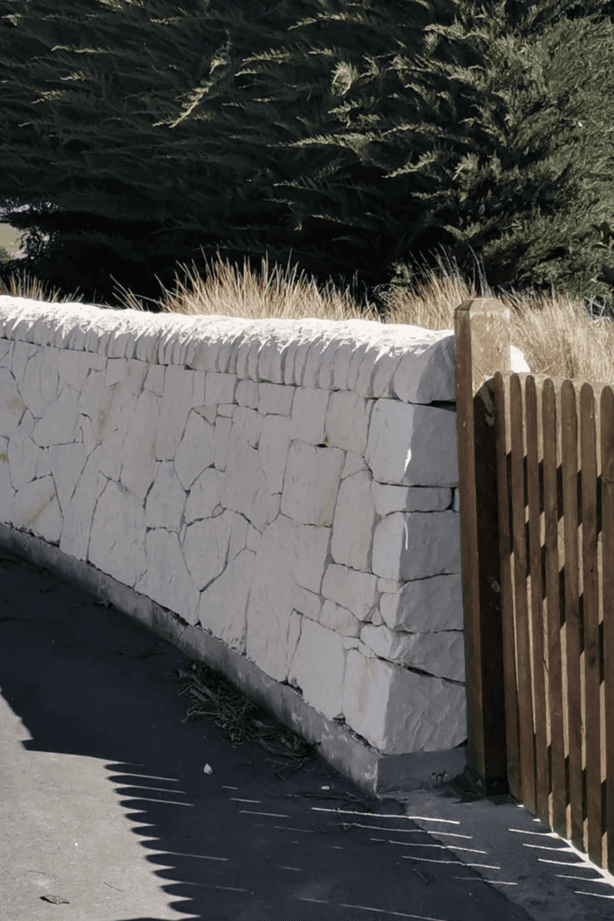

Have there been any recent innovations in the industry?
Advances in technology have expanded limestone's residential design capabilities. For example, in 2019, Ōamaru Stone invested in a CNC machine, the largest of its kind in New Zealand and one of only two of its kind in Australasia, that expanded what’s available to customers:
"Using a CNC machine has also allowed us to offer customers a broader range of bespoke design options. For example, we can now take a lot of weight out of the stone so that it can now be used on ceilings and for household items such as light fixtures and light features."
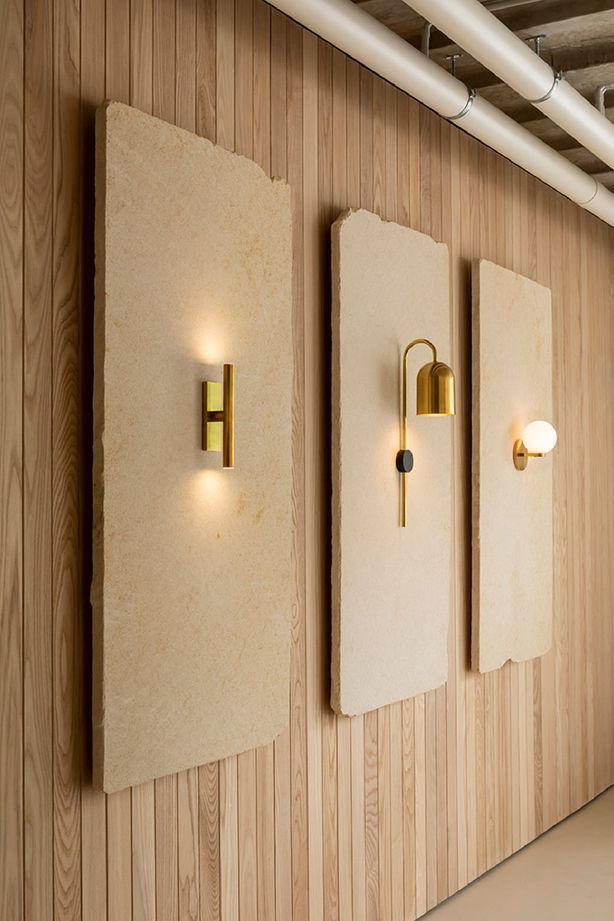

The purchase and implementation of a CNC machine also allows customers to have more control, flexibility and more of a personal touch in the design of their project.
"Traditionally, moulders would be used, so the customer would have a set choice of a range of shapes that they could use for certain applications and to provide the finishing touches around a building, such as around windows. But, the CNC machine enables us to offer more flexibility and customisation to customers. We can now speak to the customer about the type of finish they would like, such as a specific shape or design, and put that into a drawing that we put into the machine to create. There are really no limits to the design and application potential of limestone".
Learn more about how you can incorporate limestone into your next project.
